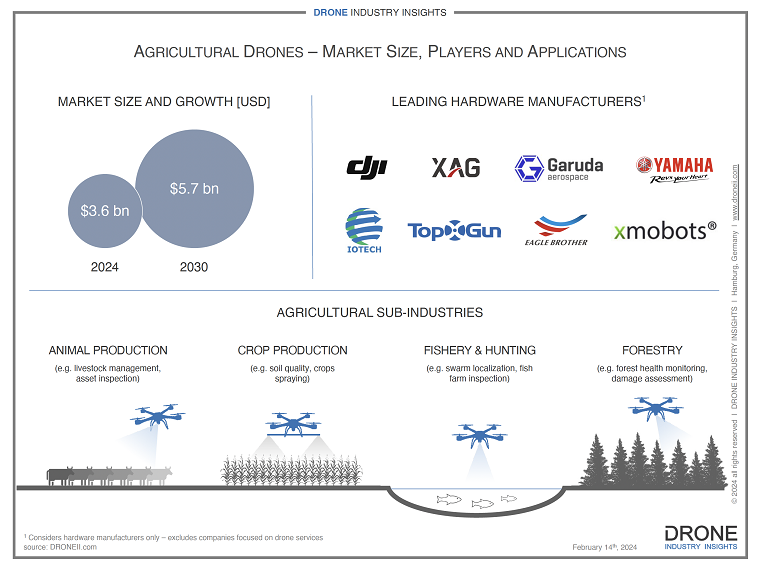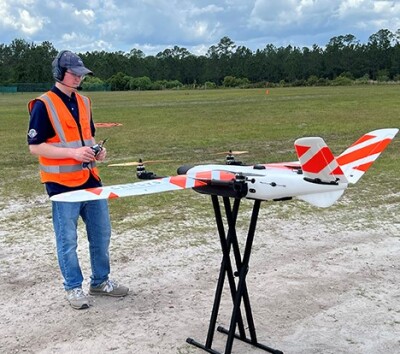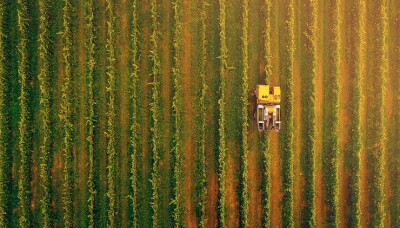The agricultural drone market is not only already a leader for drone technology, it is also looking at significant growth. Based on the latest research by Drone Industry Insights, it is set to expand from $3.6 billion in 2024 to $5.7 billion by 2030. These drones are revolutionizing agriculture, offering unparalleled benefits across diverse sub-industries such as crop farming, livestock management, fishery, hunting, and forestry. This expansion reflects the broad utility and adaptability of drones in various agricultural contexts, enhancing efficiency, safety, and productivity.
In agriculture, drones offer rapid, flexible access to high-quality aerial data, a critical advantage in a sector characterized by vast, difficult terrains and the need for precise, efficient operations. They enable farmers to collect vital data and deploy resources like seeds and pesticides more effectively, saving time and costs while increasing safety. Agricultural drones have introduced new, more efficient methods for traditional tasks like planting, monitoring, and resource distribution, transforming centuries-old practices into modern, optimized processes.
For livestock management, drones excel in monitoring and counting animals over large areas, leveraging advanced technologies like computer vision. They also play a crucial role in inspecting containment structures, ensuring the safety of farm animals from external threats. In crop farming, drones surpass traditional methods by quickly covering extensive fields, assessing soil quality, identifying plant stress, and optimizing pest control and resource application. This not only saves valuable time and resources but also significantly enhances crop yields and farming efficiency.
The fishery sector benefits from drones by optimizing fishing operations through the precise location of fish swarms and improving fish farm management. Though controversial and legally restricted in some areas, drones offer potential benefits hunting for tasks like tracking and humanely managing wildlife.
Forestry applications mirror those in crop farming but with added complexities. Drones assist in forest health monitoring, species identification, and risk management, offering a level of precision and efficiency unattainable with traditional methods. The ability to create detailed 3D models of vegetation further underscores the advanced capabilities of drone technology in managing forestry resources.
A variety of drones are used in agriculture, with multirotors dominating due to their flexibility and ease of maneuverability. Fixed-wing drones, however, are gaining popularity for their ability to cover larger areas more efficiently. Advanced equipment like multispectral cameras and robotic arms enhance the drones' utility, enabling detailed analysis and autonomous operations.
Leading manufacturers and service providers from global manufacturing hubs like China and Brazil are driving the agricultural drone market forward. Despite challenges related to traditional farming practices and regulatory constraints, the sector's growth trajectory is strong, driven by the compelling benefits drones offer to agriculture. As technology evolves and regulations adapt, drones are set to become an integral part of agricultural innovation, optimizing workflows and enhancing the sector's overall productivity and efficiency.
















Comments